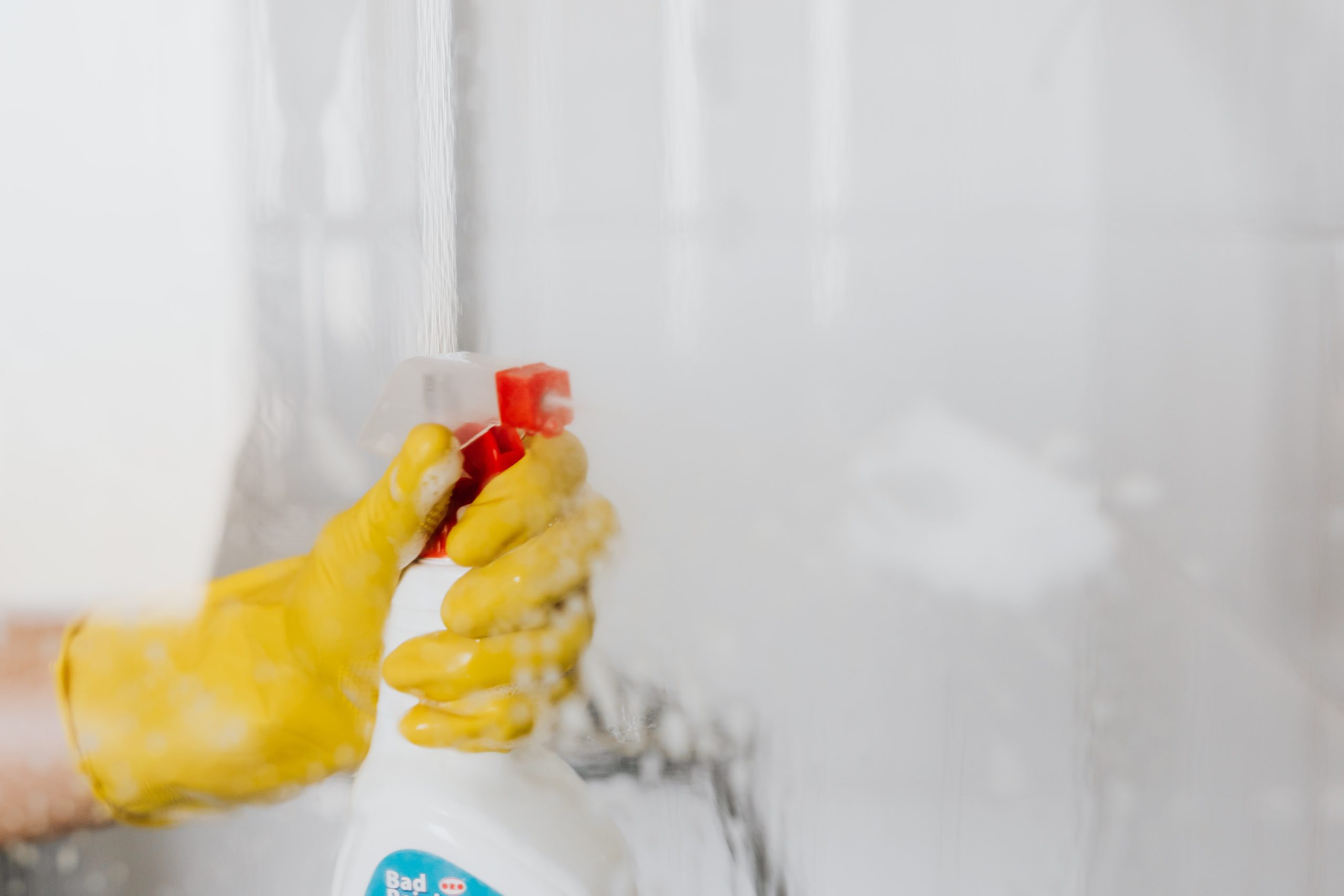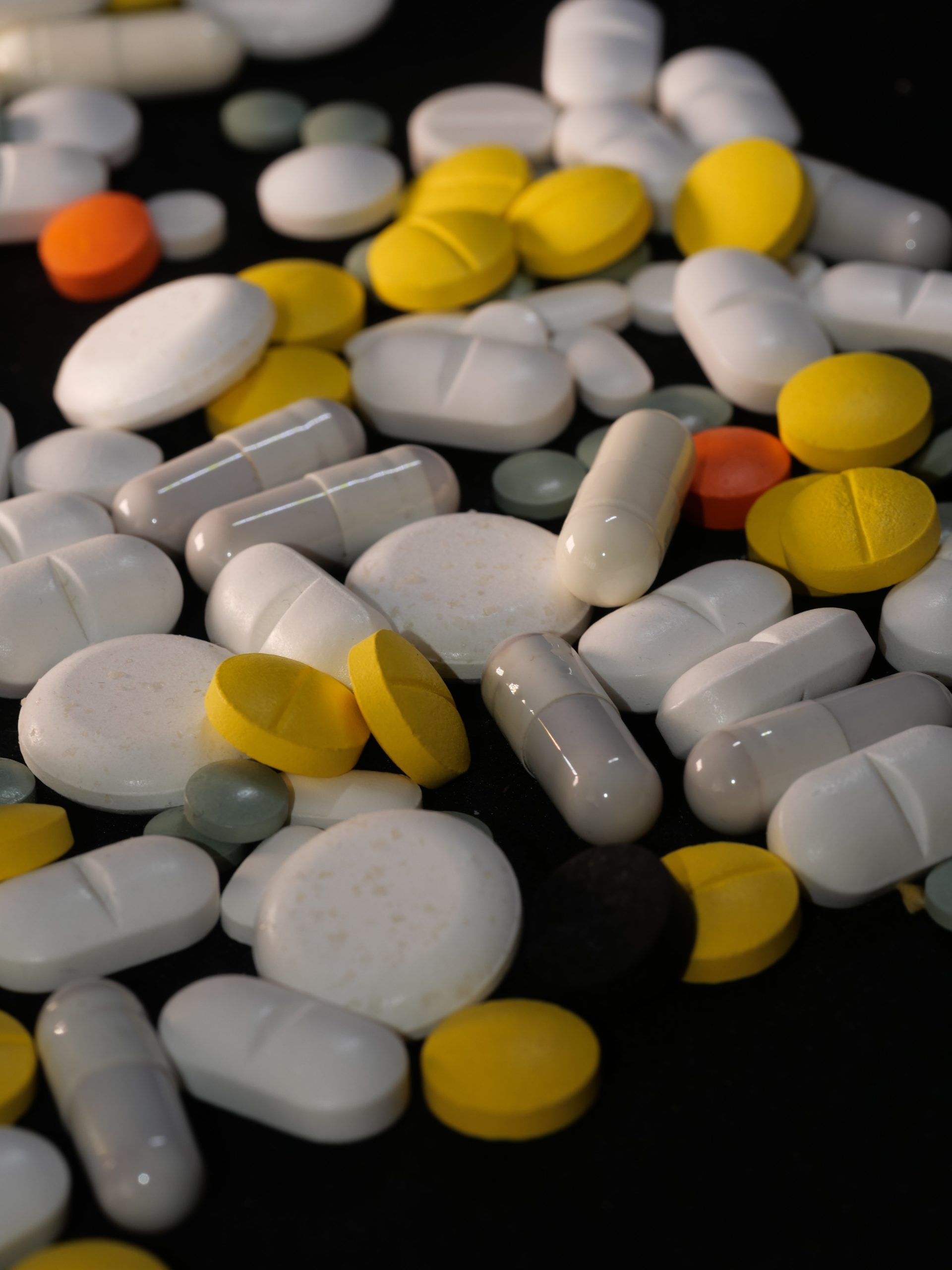L’ali's World
STRESSORS AND POLLUTANTS – The main causes of sensitive skin?
Today, in just 30 days, our bodies are exposed to more toxic chemicals than our grandparents’ were in their entire lives.
Every day, thousands of substances and microorganisms contaminate our skin. Aggressive environmental influences such as exhaust gases, fine dust particles and sun rays, harmful substances in cosmetics, cleaning detergents for clothing and furniture coverings, smoking and alcohol abuse, stress and lack of physical exercise, contribute negatively to our health and skin beauty. While some of these pollutants are part of the modern lifestyle and cannot be completely avoided, others, such as the harm from poor quality cosmetic products, can be completely eliminated.
What
What are the main groups of pollutants?
What
What are the pollutants in cosmetics?
When using conventional cosmetic products, a number of “masking” substances, such as silicones and petroleum derivatives, are applied to the skin. Their function is to give an immediate positive effect on the skin and/or hair, masking their actual condition. Their action is short-term and does not help to bring about a real improvement.
These xenobiotics and numerous other impurities actually accumulate on the surface of the skin and hair and make it difficult for the active substances intended to really help to penetrate, often causing sensitivity reactions.
A clinical study conducted with over 400 volunteers showed that 85% of people showed symptoms of sensitivity on the skin of the face, and 70% – on another part of the body (hands (58%), scalp (36%), feet (34%), neck (27%), torso (23%), back (21%)), and the causes of discomfort are mostly cold (66%), heat (28%), stress (61%), sun rays (51%), wind (42%), hard water from the aqueduct system (29%), water maintenance preparations in pools (40%), soaps (42%), cosmetics (28%), friction from coarse textiles (28%) and urban pollution in general (18%).
Who
Lautenschläger H. Layer per layer – the structure of the skin. Beauty Forum. 2011.
Proksch E, Brandner JM, Jensen JM. The skin: an indispensable barrier. Exp Dermatol 17. 2008
Madison, Kathi C. Barrier Function of the Skin: La Raison d’Être of the Epidermis. Journal of Investigative Dermatology 121.
Armstrong D, Stratton RD. Oxidative Stress and Antioxidant Protection: The Science of Free Radical Biology and Disease. 2016
Cogen AL, Nizet V, Gallo RL. Skin microbiota: a source of disease or defence?. Br J Dermatol 158. 2008.
Jin SP, Li Z, Choi EK, Lee S, Kim YK, Seo EY, Chung JH, Cho S. Urban particulate matter in air pollution penetrates into the barrier-disrupted skin and produces ROS-dependent cutaneous inflammatory response in vivo. 2018. J Dermatol Sci.
Krutmann J, Liu W, Li L, Pan X, Crawford M, Sore G, Seite S. Pollution and skin: From epidemiological and mechanistic studies to clinical implications. Journal of Dermatological Science 76. 2014
Hostýnek JJ, Hinz RS, Lorence CR, Price M, Guy RH. Metals and the skin. Crit Rev Toxicol 23. 1993.
Karentz D. Ozone Layer. Encyclopedia of Ecology. 2008
Vallero D. The Science of Air Pollution. Fundamentals of Air Pollution. 2014.
Araki A, Ait Bamai Y, Ketema RM, Kishi R. House Dust and Its Adverse Health Effects. Nihon Eiseigaku Zasshi 73. 2018.
Bush RK, MD, Portnoy JM, MD, Saxon A, MD, Terr AI, MD, Wood RA, MD. The medical effects of mold exposure. Environmental And Occupational Respiratory Disorders 117. 2006.
Kim K-H, Jahan SA, Lee J-T. Exposure to Formaldehyde and Its Potential Human Health Hazards. Journal of Environmental Science and Health Part C 29.
Arjmandi N, Mortazavi G, Zarei S, Faraz M, Mortazavi SAR. Can Light Emitted from Smartphone Screens and Taking Selfies Cause Premature Aging and Wrinkles?. J Biomed Phys Eng 8. 2018.
Saint-Martory C, Roguedas-Contios AM, Sibaud V, Degouy A, Schmitt AM, Misery L. Sensitive skin is not limited to the face. Br J Dermatol 158. 2007.
Photos: Rūdolfs Klintsons, Kat Smith, Avijit Singh, Karolina Grabowska, Zydeaosika







